Norway: A mix of languages
Here is a little introduction to the different languages you will have to deal with when you get into Norwegian genealogy.
I sometimes hear foreigners say they are a bit nervous about getting into Norwegian genealogy as they don’t know “the language”. Yes, in the introduction I wrote “different languages” meaning that there are several. I can comfort you by telling that the majority of foreign genealogist learn as they go and do great with Norwegian sources with only a superficial knowledge of these languages. It can, however, be easier to combat the language barrier when you know what you are up against.
In this article I will deal with written languages. As you may know we speak many different dialects.
As you will see, this is not a comprehensive history of languages in Norway. It is merely an introduction to the languages we find in the most used genealogical sources.
Here is a quick overview of the languages you may encounter:
- Latin
- Danish
- 3 forms of Norwegian:
- Riksmål
- Bokmål
- Landsmål/Nynorsk.
Latin
Throughout European history, an education in Latin was considered crucial for those who wished to join literate circles. Latin was used as the language of international communication, scholarship, and science until well into the 18th century, when it began to be supplanted by vernaculars. (Wikipedia). For us as genealogists, it is the Church Latin we for the most part have to deal with. We can also encounter Latin expressions in legal documents and when looking at causes of death.
In the Church records there were a number of expressions written in Latin. I have tried to collect and explain as many as I can of these expressions in my “Norwegian Genealogy Dictionary” (Please send me a mail if you come across words that should have been included).
Some medical terms in Latin are found in my list of “Causes of death”
The dating in the Church records are based on the feast days of the Church year, also written in Latin. You may want to have a look at my article “Moveable feast days in Norway”.
Danish
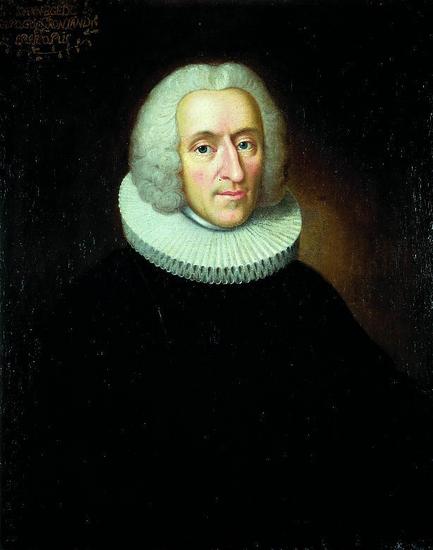
Even after the union with Denmark was ended, Danish was used as the written language in Norway. Based on this, we see that we must expect to find a lot of Danish words when we read official records.
Norwegian
Above I mentioned 3 forms of Norwegian language (Sami is a language used in Norway, but it is not a Norwegian language).
About 1830 new views on language was put forward in Norway. Among others, the author Henrik Wergeland was a strong advocate for a Norwegian language (Ustvedt 1995:185). The Norwegian educator and linguist Knud Knudsen proposed in the 1850’s to change spelling and inflection in accordance with the Dano-Norwegian koiné, known as “cultivated everyday speech.” Knudsens language was later called “Riksmål” (Wikipedia). Riksmål have similarities with Danish.
In sources from the last part of the 1800’s Riksmål may be used. In spite of the similarities with Danish, a large part of the glossary is the same as in modern Bokmål.
About the same time as Knudsen worked on his language, the scolar Ivar Aasen travelled rural Norway and collected samples of the different dialects. Based on common traits in these dialects he created what he called “Landsmål” (Venås 1996:9-11). From 1929 this language has been called Nynorsk. From the last part of the 1800’s you may find occasional sources written in Nynorsk.
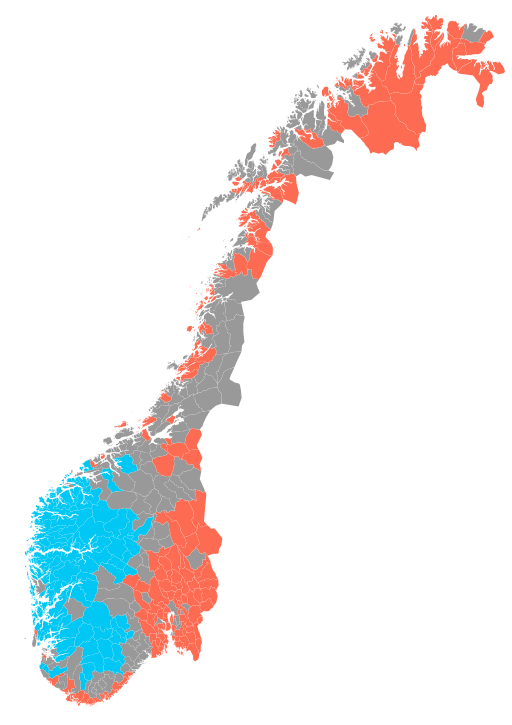
Both Nynorsk and Bokmål has been through several language reforms in an attempt to narrow the gap between the two forms. This has resulted in a rift among the supporters who do not adhere to the reforms. There is a substantial group who stick to the Riksmål. While among Nynorsk users there are a nearly extinct group that uses what they call Høgnorsk. (Wikipedia).
We learn both Nynorsk and Bokmål in Norwegian schools. There are conservatives in both camps who claim to not understand the “other” form. This is just nonsense as the forms today are so close that there really is no problem.
A large number of local history books (Bygdebøker) have been written in Nynorsk. This is mainly in the “blue areas” (See map). The language in the oldest of these books are often influenced by the dialect in the area.
As established by law and governmental policy, the two official forms of written Norwegian today is – Bokmål (literally “book tongue”) and Nynorsk (literally “new Norwegian”). The recommended terms in English is “Norwegian Bokmål” and “Norwegian Nynorsk” (Wikipedia).
I hope this presentation haven’t discouraged you from doing research in Norway. I am collecting words found in genealogy work in my “Norwegian Genealogy Dictionary”. Helped by tools like those I mentioned above, I am sure you will have few problems with your Norwegian search for ancestry. In addition I strongly recommend getting a Norwegian dictionary to keep at hand at your work place.
I have seen the dictionary linked below be recommended by English speaking genealogists.
Norwegian-English Dictionary: A Pronouncing and Translating Dictionary of Modern Norwegian (Bokmål and Nynorsk) with a Historical and Grammatical Introduction
by Einar Haugen
Sources:
“Høgnorsk” From Wikipedia, the free encyclopedia https://en.wikipedia.org/wiki/H%C3%B8gnorsk (Visited Aug 27 2016)
“Latin” From Wikipedia, the free encyclopedia https://en.wikipedia.org/wiki/Latin (Visited Aug 27 2016)
Lundeby, Einar: “Språket vårt gjennom tidene : kort norsk språkhistorie” Oslo : Gyldendal, 1972
“Norsk språkhistorie (1830–1900)” Fra Wikipedia, den frie encyklopedi https://en.wikipedia.org/wiki/Bokm%C3%A5l (Visited Aug 27 2016)
“Norwegian language” From Wikipedia, the free encyclopedia https://en.wikipedia.org/wiki/Norwegian_language (Visited Aug 27 2016)
“Riksmål” From Wikipedia, the free encyclopedia https://en.wikipedia.org/wiki/Riksm%C3%A5l (Visited Aug 27 2016)
Ustvedt, Yngvar “Henrik Wergeland : en biografi” Oslo : Gyldendal, 1994
Venås, Kjell: “Livssoga åt Ivar Aasen” Oslo : Ivar Aasen-året 1996

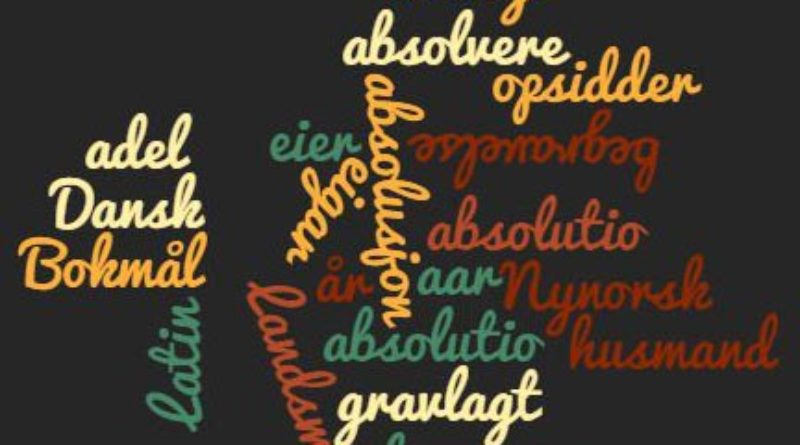

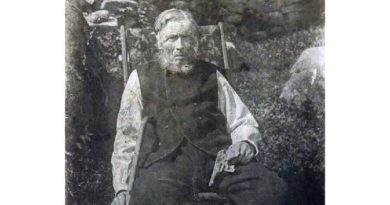

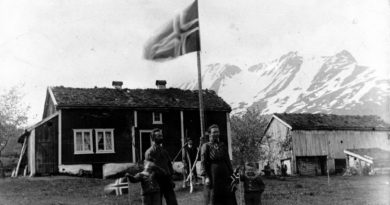
Excellent article as usual. I have often wondered where the Germanic influence comes into play. One of my earliest known ancestors (born 1705) was Frantz and his father was Erich. That is how the names are spelled in the Parish books. Do you have any insight into this language variation? They lived in Buskerud County.
Erich is a Germanic form of the old Norse name Eirikr – Erik. We have had many Scandinavians kings named Erik. Frantz is an old Latin name originally Fransiscus. The spelling you found in the parish books are variations with Danish/German influence.